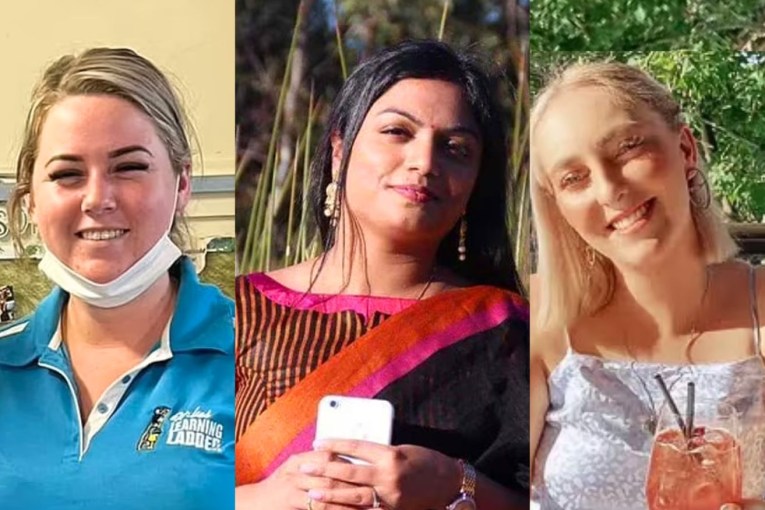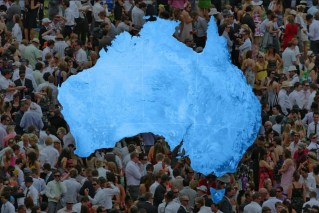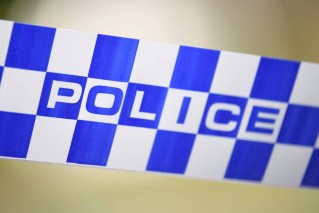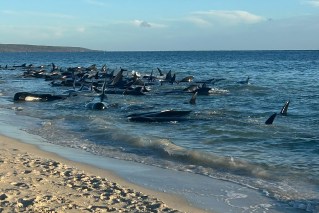‘Yo-yo cities’: Australians should expect unexpected setbacks in COVID fight

The yo-yo-ing in and out of coronavirus restrictions may just be the new normal for Australians according to leading experts, as public health teams face setbacks in the battle to stop the spread of the virus.
Thousands of Victorians were told to report for testing on Wednesday in Shepparton after a new cluster emerged in the regional city. It is linked to the Chadstone Shopping Centre outbreak and the same Melbourne man who also visited the town of Kilmore.
The man told Victoria’s public health team about his Shepparton visit only late on Tuesday night.
Meanwhile, NSW has paused restriction easing as community transmission rises in Sydney. The state had 13 new cases on Wednesday.
Elsewhere, Queensland health authorities are urgently contact tracing a Townsville woman who tested positive to the virus while visiting Melbourne.
Although Wednesday was a challenging day for public health teams, ANU infectious diseases expert professor Peter Collignon said the rise in cases should be expected, and some restrictions would have to remain.
“We can’t go back to 2019,” he said.
Tweet from @makdaddymelb
Tale of two cities
Professor Collignon said there were key differences between NSW’s case rise and Victoria’s in June – particularly NSW’s superior contact tracing and clearer information given to the public about outbreaks.
“The one difference between NSW now and Victoria in June is there’s more transparency, there’s more in the open,” he said.
“Nothing has gone wrong, NSW had cases and they’re getting clusters but you would expect this.
Of course, we would like it if it was lower but their contact tracing has found the cases.”
The recent Sydney outbreak will be easier to contain because cases are not in ‘high-risk’ areas, he said.
“NSW is in a better position because they aren’t having large outbreaks in workplaces like abattoirs.”
Testing is key
NSW Premier Gladys Berejiklian and Health Minister Brad Hazzard said they were concerned the state’s testing numbers were too low.
Epidemiologist Mary-Louise McLaws from UNSW said testing was integral to avoiding “another Victoria”.
“NSW, Victoria and SA have all declined in their testing since mid-August,” Professor McLaws said.

The Premier said this is “the most concerned” authorities have been in months. Photo: AAP
“The testing is key, apart from social distancing, the testing is key.”
Testing numbers in Melbourne, she noted, had fallen by more than 50 per cent since peaking in June.
“We know there is that risk of asymptomatics carrying the virus, and there is also the risk of people not wanting to divulge their exposure, so therefore testing will be extremely helpful in deciding what can open up.”
Victoria misses the mark
The pressure is mounting on the Victorian government to relax some of its Stage 4 restrictions, with epidemiologists arguing the state government shouldn’t hesitate to move to the next step.
It is impossible for Melbourne to meet its rolling 14-day average target before the October 19 deadline.
As the city, which has been in its second lockdown for almost 100 days, awaits Sunday’s announcement with apprehension, two big questions looming.
What, if anything, will open up? Can the state’s contract tracing deal with any resulting outbreaks?
Premier Daniel Andrews has promised some, but not all, restrictions will be lifted.
“We’re not in a position to go as far and as fast as we wanted to, but there are some things we can safely do. And that’s exactly what we will do,” he Andrews said on Tuesday.
One of the state’s leading epidemiologists, Professor Catherine Bennett, said she now had confidence in Victoria’s tracing capabilities and the state should move to its next stage from Sunday.
“The numbers are quite stable,” Professor Bennett said.
“The DHHS is working hard, developing new systems that are working, so for that reason, we should be feeling more confident to take step three as it stands.”

Premier Daniel Andrews has signalled changes to Victoria’s roadmap. Photo: AAP
Professor Bennett pointed to last week’s Kilmore cluster, which Victorian health authorities have effectively managed and kept under control, and the fact the state’s contact tracers were hitting the same targets as their NSW counterparts.
“Let’s stick with step three as it sits in the road map,” she said.
“Kilmore proves it won’t cause a devastating situation. Step three is still, by world standards, quite a good degree of restriction that allows us to chase down the latest cases and outbreaks.
“I wouldn’t fiddle with it, we need to take the next step.”
Professor Bennett said allowing people to have visitors in homes posed the biggest risks.
“If you were worried that’s the one to put the handbrake on and go ‘we’ll ease it in a week or two’, she said.








